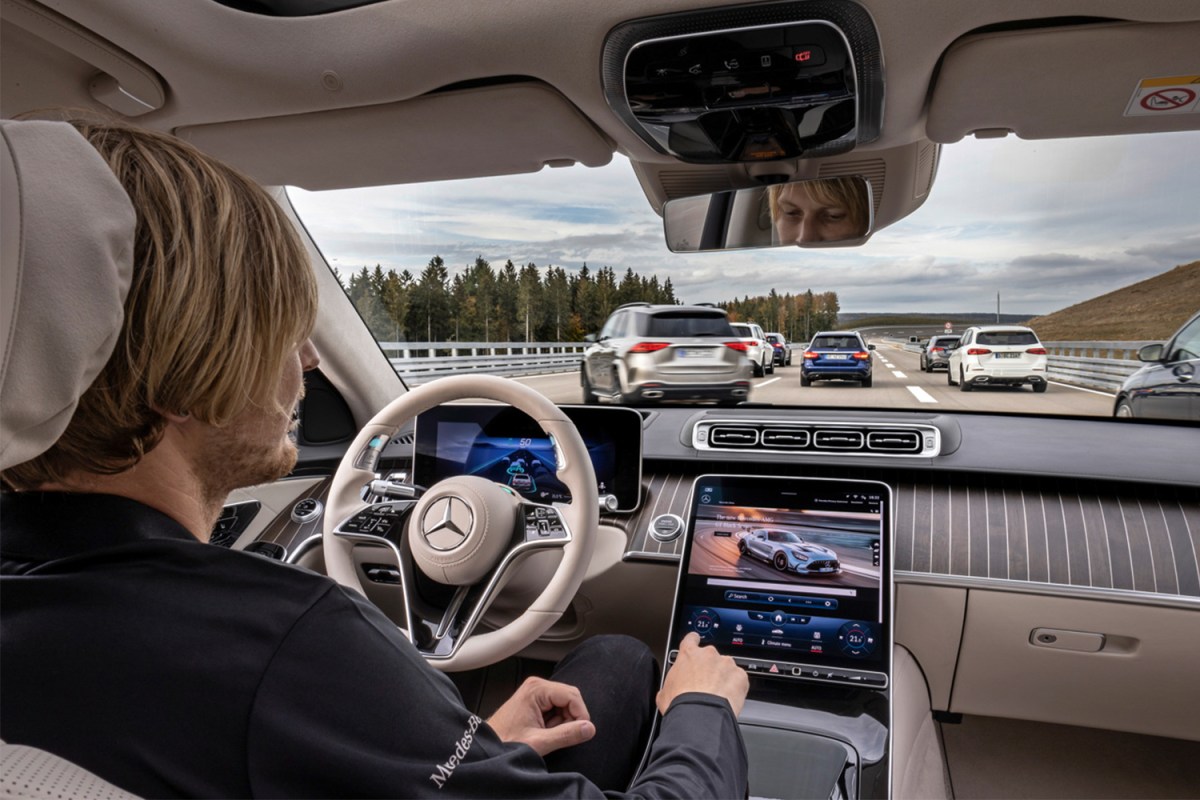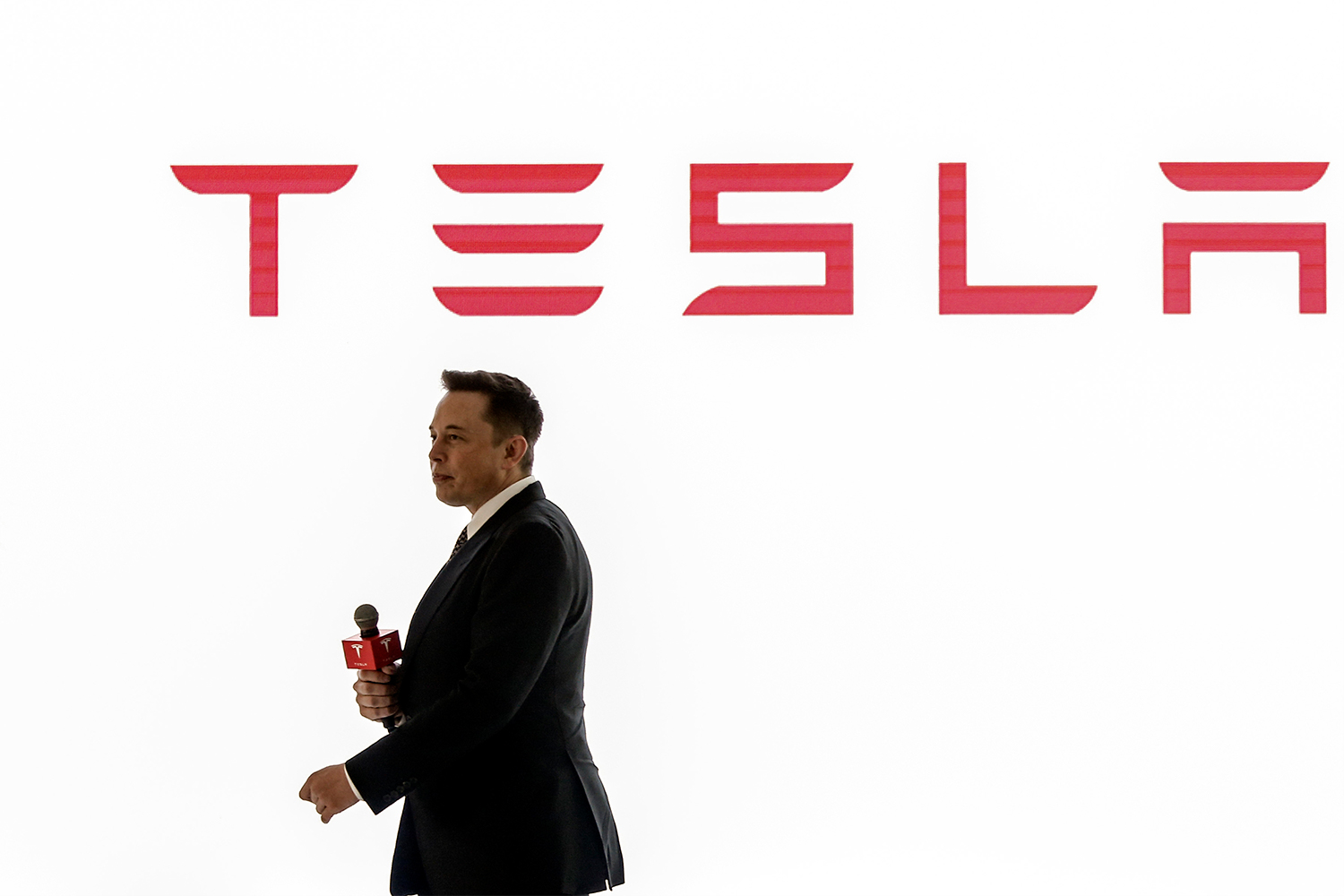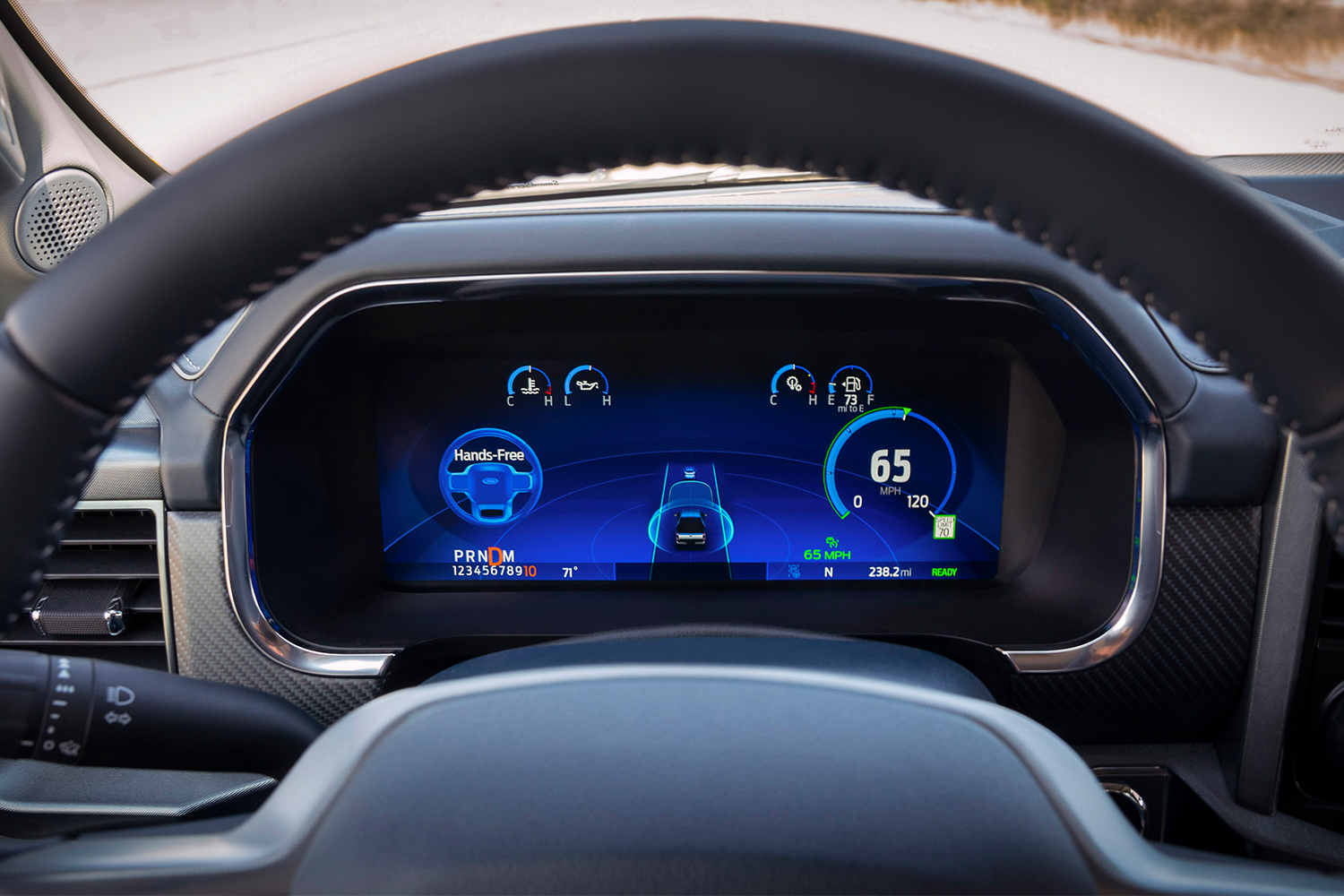For years automakers have been beefing up their semi-autonomous functionality, allowing certain vehicles to perform previously unthinkable functions, like staying centered in a lane, changing lanes and keeping a set distance behind other cars. And yet, for all our seemingly rapid advances in driver-assistance systems, there’s always been one major caveat: you still must be ready to take over at any time. You, the driver, are still always considered to be driving, even when your hands are off the wheel. Well, until now.
In December, Mercedes-Benz announced it had received international approval to sell a vehicle with a Level 3 autonomous driving system, the first automotive company to do so. The car was their S-Class sedan featuring a system called Drive Pilot, and it was initially approved to operate in Germany (as individual countries, and states, must also approve these systems). Now, Mercedes is looking to offer the same functionality to some drivers in the U.S. by the end of the year, according to Road & Track.
This is a major step forward because Level 3 driving automation, as outlined by the Society of Automotive Engineers (SAE), is the first tier in the 0-5 scale that classifies vehicles as (at least partially) self-driving. When a Mercedes vehicle has Drive Pilot engaged, the car is in charge and the driver is not considered to be driving; however, in Level 3 the driver must still be able to take over whenever “the feature requests” (in Levels 4 and 5, the person in the driver’s seat is never required to take over when the system is engaged). This is opposed to systems like Tesla Autopilot, GM Super Cruise and Ford BlueCruise, all of which are classified as Level 2, meaning the person in the driver’s seat is always considered to be driving and required to constantly supervise the semi-autonomous system.
If that comes as a surprise, it’s no wonder, as Elon Musk has a long history of overpromising on Tesla’s Autopilot system (which doesn’t drive the car for you, no matter what it’s called). Even the so-called “Full Self-Driving” capabilities that have been released to some Tesla drivers in beta form do not offer anything close to a “full self-driving” car. As Tesla states on its website, “The currently enabled Autopilot and Full Self-Driving features require active driver supervision and do not make the vehicle autonomous.” But who reads the fine print these days?
As The New York Times detailed back in December, the legal framework for driver-assistance tech in the U.S. lets automakers like Tesla largely escape liability in the case of accidents involving its systems.
“In a crash of a Level 2 car, liability rests with the driver. For Levels 3 to 5, liability may be on the system and the companies that make it,” the Times explained. “But a loophole lets car companies avoid liability. Carmakers themselves determine the level assigned [to] their systems. It may explain why Tesla sells its automated driver assist system as Full Self-Driving Capability (charging $2,499 annually) but classifies it as Level 2. This lets developers have it both ways.”
Meanwhile, when Mercedes eventually debuts its Level 3 system in the U.S. — likely in California and Nevada first — the company will be taking full responsibility for any accidents that occur while Drive Pilot is engaged, per Road & Track. “You can look away, watch a movie, or zone out,” the publication wrote. “If the car crashes while Drive Pilot is operating, that’s Mercedes’ problem, not yours.”
In order for Mercedes to accept this responsibility, it is also offering Drive Pilot under very limited conditions. It can only be operated on certain highways that have been mapped by Mercedes, at speeds under 40 mph and during the day, among other limitations. And if the conditions change so much that the system can’t operate correctly, drivers will be given a 10-second warning before they have to take over.
Yes, this means Drive Pilot can only function in a very small set of circumstances compared to Tesla’s largest suite of features. But what would you rather have, a Tesla that’s essentially using you as a guinea pig on public roads and will lay all the blame at your feet? Or a Mercedes that has cleared a world-first regulatory hurdle, will let you watch a movie in the car and actually accept legal responsibility if you cause a fender bender while streaming Deep Water?
Thanks for reading InsideHook. Sign up for our daily newsletter and be in the know.


















